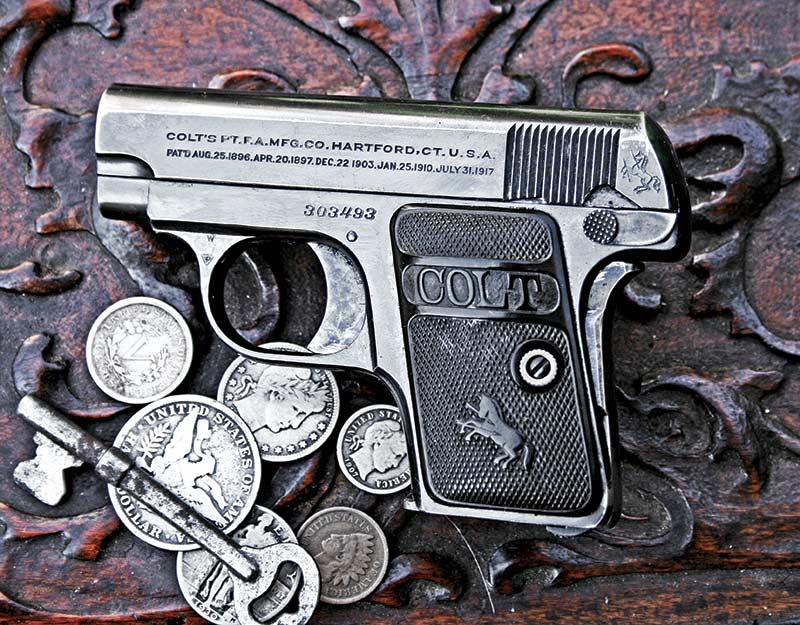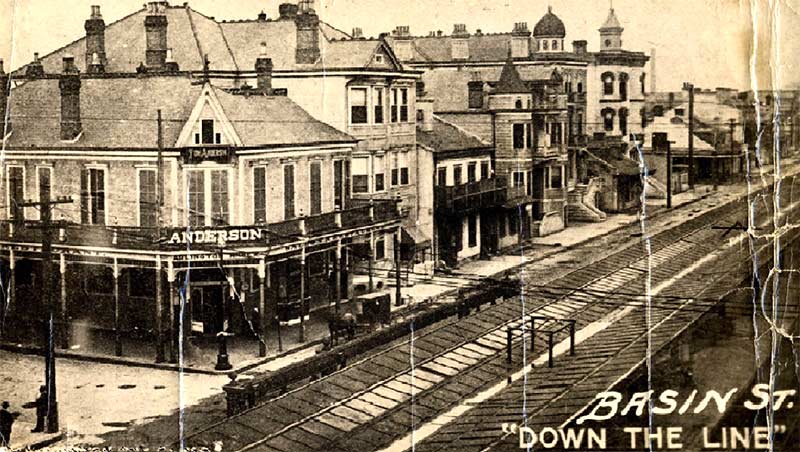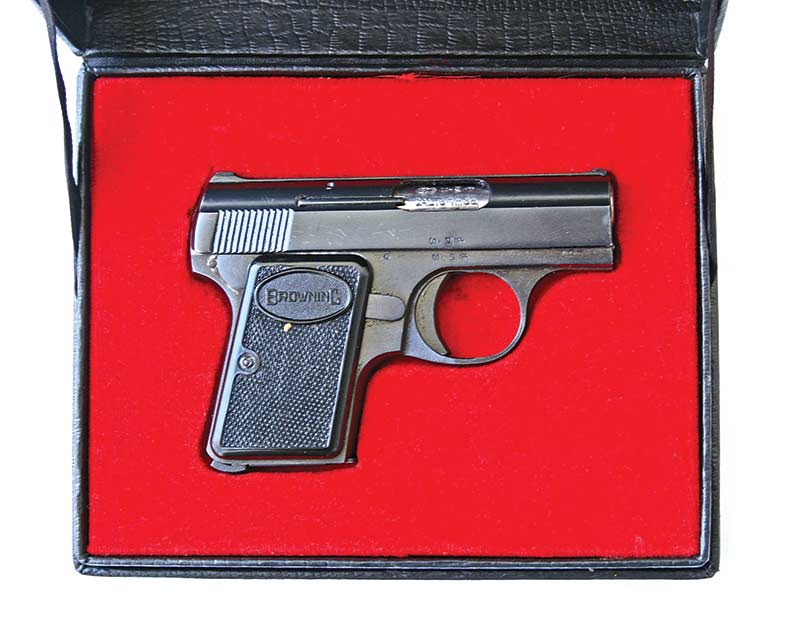.25 ACP Ragtime Wonders
Bear-Stopping Vest Pocket Power?
Every Era deserves its Index Fossil and no material remnant evokes those carefree days from 1890 until roughly WWI quite as convincingly as the small, hide-out handguns of the day. Picking just the right one poses a quandary due to the popularity of various safety/hammerless revolvers and Two-Dollar, Monkey Ward break-tops. But given the forward-looking optimism of the time and the current obsession with auto-pistols, John M. Browning’s .25 ACP/6.35mm smokeless cartridge of 1906 with its vest pocket pistols seems a reasonable choice. Ah! The haunting, evanescent strains of Scott Joplin’s piano and Jelly Roll Johnson’s harp drifting out of the Storyville of distant memory … “Where every prospect pleases and only Man is vile!”
“Powerful?”
The legend says Browning came up with the cartridge because he could not design a palm-sized .22 rimfire pistol that would work reliably (they still don’t). Early Colt advertisements promoted their vest pocket pistol of 1908 as a very powerful personal defense weapon. This had some validity but only because of the very puny performance of contemporary black and smokeless powder pocket revolver cartridges of the 19th and early 20th Centuries.
Colt’s ad picturing a 300-lb. bear allegedly killed with the “Vest Pocket, the Smallest, Lightest, and Most Compact automatic pistol made” strained the concept. Pre-chronograph claims rated the 50-gr., 0.251″ bullet at 820 fps, though the measured velocity of the mid-century Western Cartridge rounds at 771 fps is likely closer to actual performance. Modern factory ball averages between the high 500 fps range into the 700’s, while the CCI 35-Gr. Gold Dot HP clocks 1,050 fps.
By 1940 there were one hundred or more makes of .25 ACP pistols. Many were direct knock-offs of the original Browning ’06 and the identical Colt Vest Pocket of 1908. In the late ’20s, an industry contest to produce the Smallest .25 auto inspired the Dieudonne Saive-designed Browning Baby which was a bit larger than the winning Walther design but the clear victor in consumer acceptance.
These watch-pocket pistols remained the most common personal handguns right up until the passage of the import bans of GCA 1968 joined hands with the constant nattering of gun writers — knocking the caliber out of the alpha position. Factory loads proving totally reliable in my Colt and Baby Browning include the CCI Aluminum Blazer Ball and the CCI Gold Dot Hollow point. These have visible crimps eliminating the problem caused by collision of the ejecting semi-rimmed case with the case mouth of unradiused loads. Applying a moderate crimp to my handloads and factory ammunition brings reliability to 100 percent and adds a bit to measured velocity.
Handloads
And, of course, because second and third tier ammo evaporates during politically propelled hoarding scrapes. Just look at what occurred with .22 ammo in the recent past. Ditto with the “commodity” modes of the common calibers.
There is a certain “rightness” about assembling the .25 with the simple hand equipment from Lee Precision. The die set dipper strikes off level at 1.4 grains of Bullseye, propelling the patch bullet to the mid-800 fps range with extreme spreads much like good factory loads. A dipper stoned down from a .22 LR case to 1.7 grains gives the Speer Gold Dot HP 977 fps with a 66 fps extreme spread. The 35-gr. bullet expands just as reliably in various media as the factory loading at 1,050 fps. The aforementioned moderate crimp assures reliability.
Accuracy does not differ from factory ready-roll. Best suited for rapidly delivered surgical accuracy at ranges out to 10 yards or so, the palm pistols will stay on a standard silhouette to 25 yards and totally ace the standard CCW qualifiers. Give it a try. Practicalities aside, those of us who like the little pistols, really like them — though we are hard pressed to explain why.
For more info: Lee Precision, www.leeprecision.com
, Ph: (262) 673-3075











